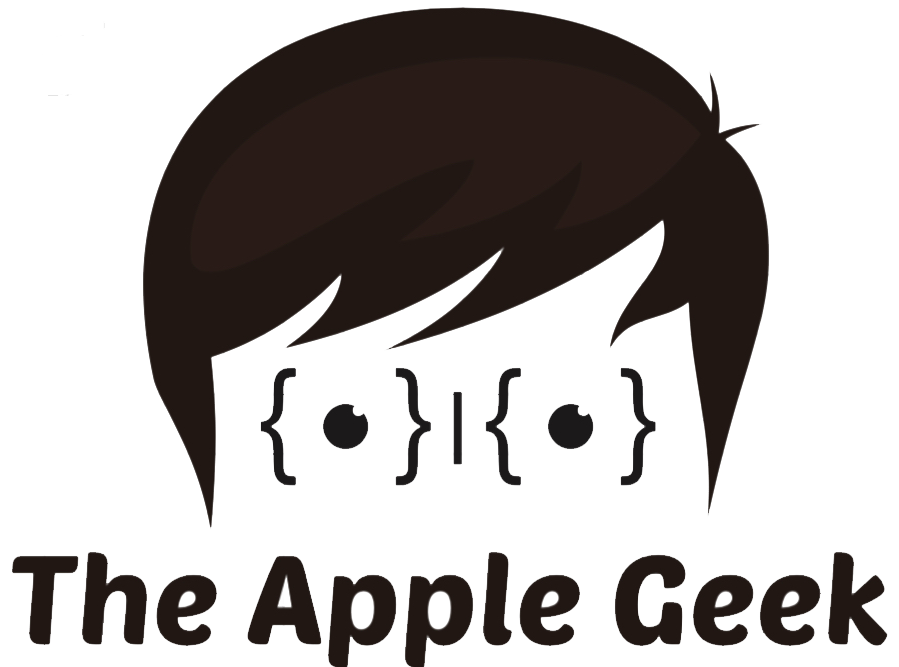Platinum MD
The Mac world has always leant towards the DIY'er, and creatives. Apple even bundled Automator with its OS's from Tiger onwards allowing the user to script and code their workflows, which now works hand in hand with Apple Shortcuts.
The more time I'm spending on the likes of Reddit and Github - my appreciation for the hobbyist or independent developers has grown massively, this and the Raspberry Pi community its really pushing what you can do and create at home, and in some sense linking retro tech to contemporary and making obsolete items useful again.
My whole home is controlled and managed by HomeBridge, allowing devices that don't meet apples super strict security standards to play nicely in its ecosystem, and this brings me to Platinum MD.
I mentioned the application last month in blog zero, and I've decided to dig a little deeper into my new-old obsession with MiniDisc.
MiniDisc A Brief History
The 90's answer to the cassette tape and the compact disc, playtime was similar and robustness equal. Sound quality and production was equal to CD and the later Type R and S recording formats of MiniDiscs compression ATRAC format (Adaptive TRansform Acoustic Coding) produced some impressive results.
Sony designed and held the licensing rights, after trying to develop a replacement to the cassette tape with Phillips. Phillips ultimately came out with a digital compact cassette, whose players were backwards compatible with original items. MiniDisc was a whole new format, tiny compared to CD and because of the built-in buffer didn't skip, perfect for a young teenage music (apple) geek, and so my love for MiniDisc started.
After multiple players, and even MiniDisc players in my cars, the lure of instant music and streaming on my iPhone, my use of MiniDisc faded away, after receiving a Fiio DAC for Christmas to play the latest lossless Apple Music tracks, it sparked interest back in music and I dug the MiniDisc player/recorder out, purely as a comparison and idle curiosity if it’ll still work, and thus the rabbit hole was entered…
Towards the 'end' (this wasn't until 2013 in Japan) of its life and just before Apple and the iPod stole its thunder, Sony developed NET MD, which gave the ability to record MP3's or CD's direct to the MiniDisc without having to real-time record, and the worst part manual name the tracks, CD-Text was a thing back then but limited, NETMD programs copied this over to the MD’s, CD naming lookup services also filled in the blanks, and at worst you'll have to copy and paste the track names in, all these options - a million times quicker and simpler than naming the tracks on the recorders - which involved scrolling through the characters from A - Z, naming tracks before NETMD was a labour of love or for those with loads of time on their hands.
Sony had a program called SonicStage, and Sharp a program called BeatJam, essentially the NetMD protocol is the same and each program could talk and write information to the other brands' devices. (I know we had both in our house in the '00s),
SonicStage Image: Andrés Zsögön - See his website for running on Windows 10
These programs were great back in the era of Windows XP / 7 and 32bit architecture, today without a lot of faff the programs don't work, on modern laptops and computers, its not a simple as installing from CD as it was back then, so no NetMD recording.
Unless you stumble across Platinum MD on Reddit within the Minidisc community, and all the problems are solved - 2022 and recording directly to my Sharp MiniDisc recorder without any issues.
Platinum MD
It's basically NETMD for Mac, Linux and Windows built to run on the new versions. For the first time on Mac and Linux, we get a NETMD solution.
[Take note of brew, this is Homebrew and I’m going to cover this next]
Download the package from the website, and then go to Settings > Help and run the troubleshooter - this pulls down and installs all the required elements to run Platinum MD and talk to your NETMD enabled MiniDisc Recorder.
On the left are the tracks you wish to record, and the right is the contents of the MiniDisc.
LP2 - LP4 allow you to fit more music on the disc, in return for lower quality levels, and Hi-MD was a very rare technology similar to NETMD right before Apple iPod dominance, where each special disc could hold 1GB of data/music.
If you’re a fan of MiniDisc let me know - I’m sure going to cover more the deeper down the rabbit hole I go.






